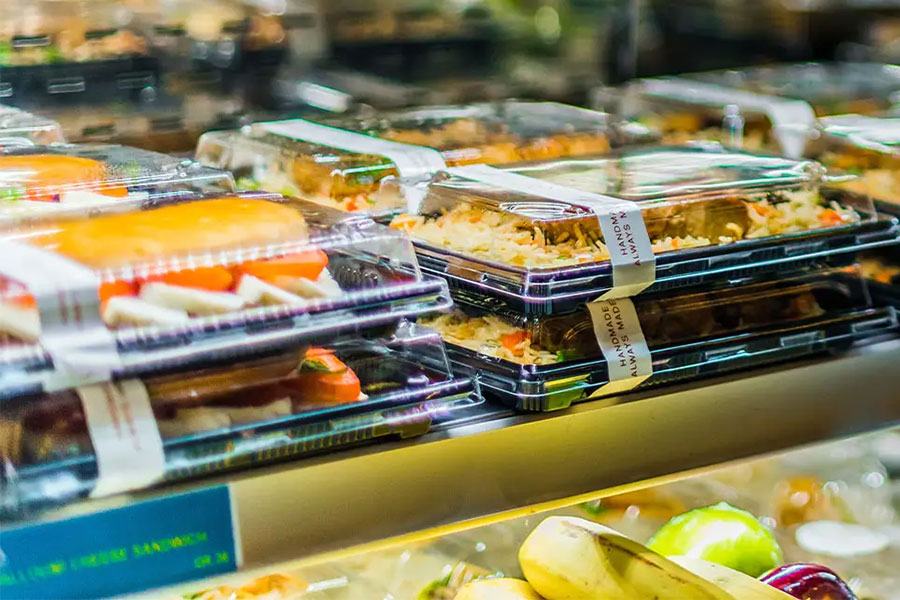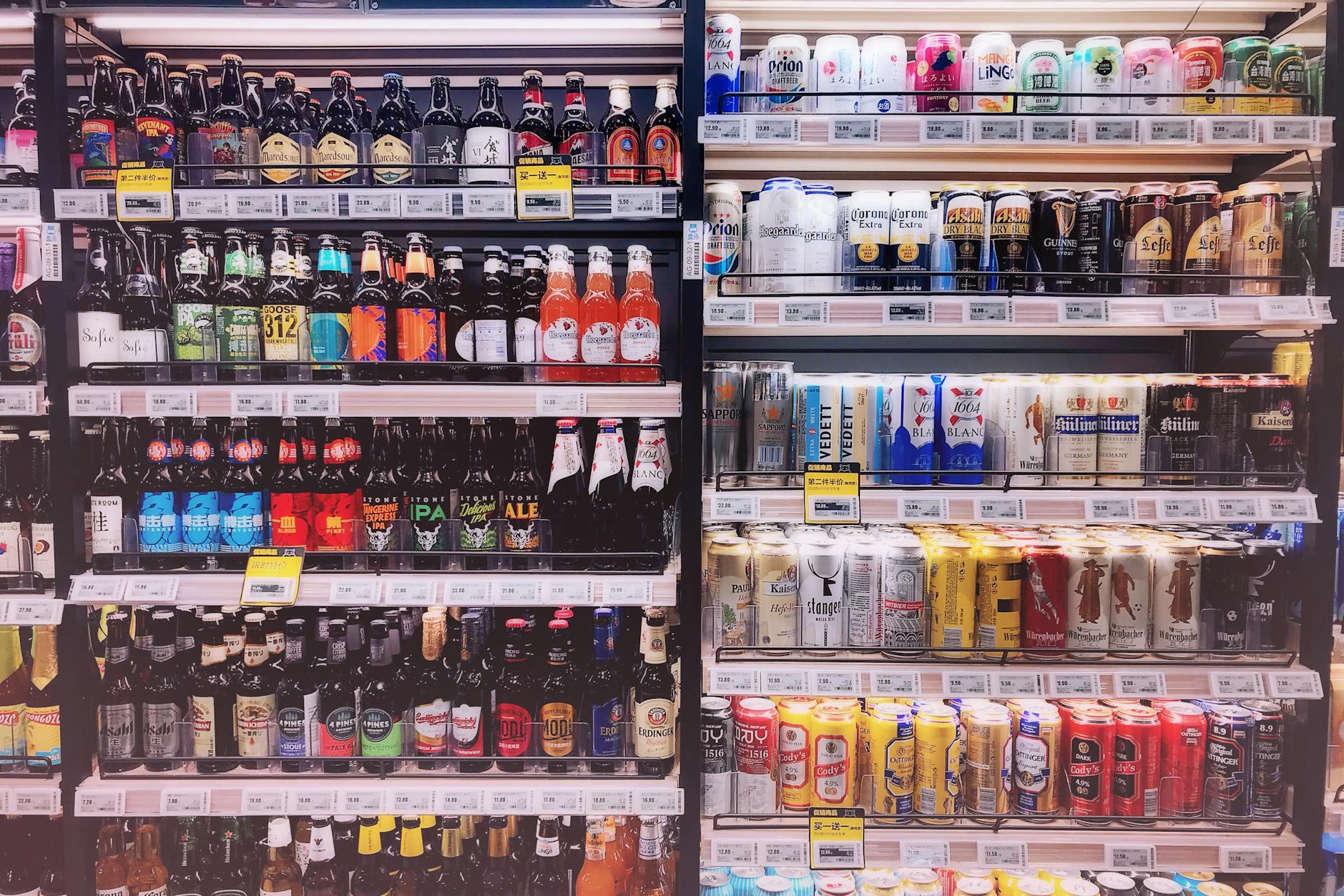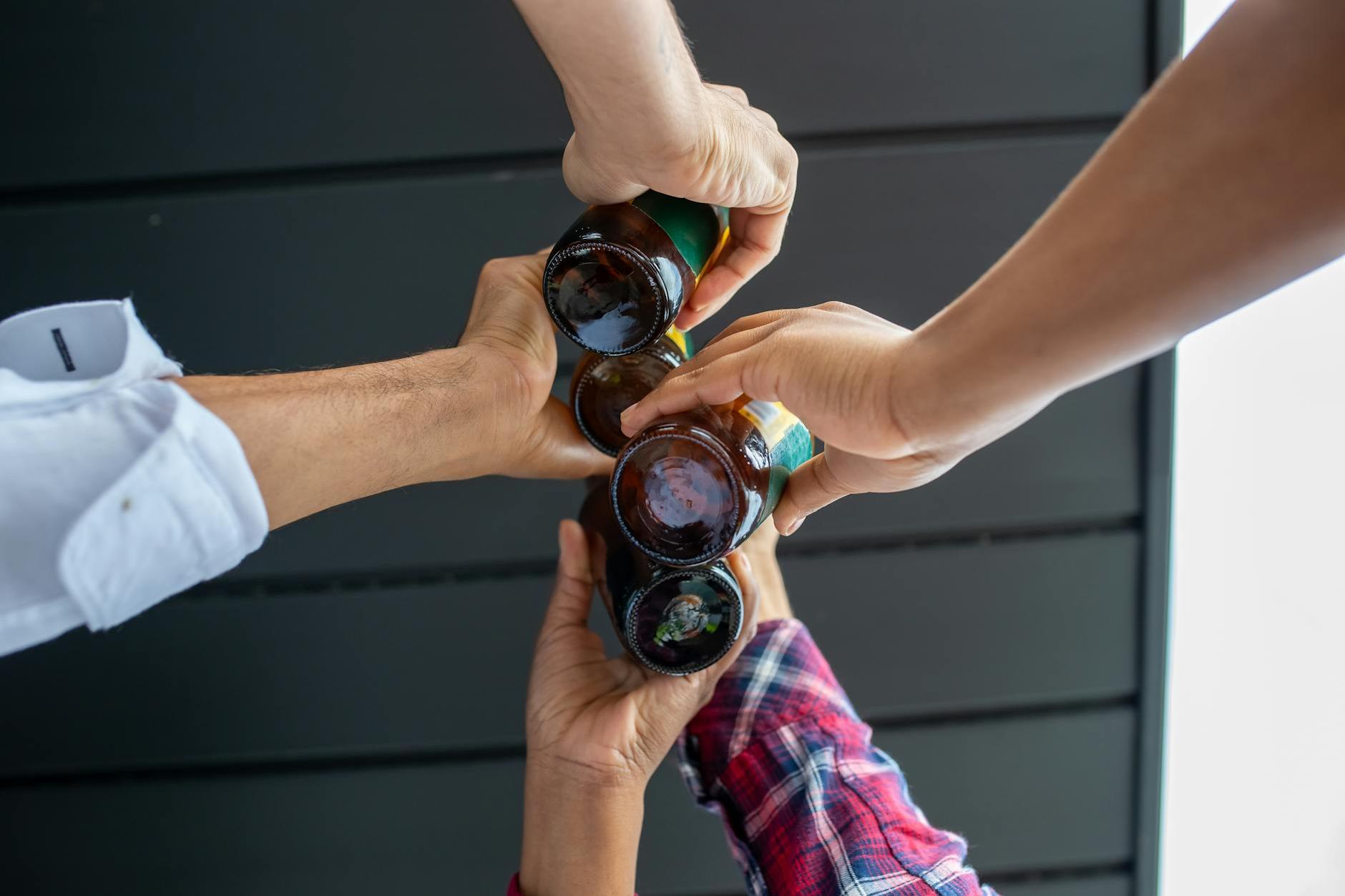- 20 Years of Expertise in Import & Export Solutions

When craft beer meets customs inspection
Last year, we handled a case involving the import of Belgian Trappist beer: a shipment worth $120,000 was detained at the port for 23 days due to the agent's failure to declare the malt sugar content, resulting in sediment formation. The owner not only lost 20% of the payment but also missed the peak summer sales season for craft beer bars. This real-life incident reveals a harsh truth—Choosing the wrong customs broker may turn imported beer into "expired assets.".
Three Hidden Barriers to Beer Imports
- Expiration Date Game:?Ocean shipping?+The customs clearance period generally takes 45-60 days, while the shelf life of certain special yeast beers is only 90 days.
- Life-or-Death Match: The 2022 updated "General Standard for the Labeling of Prepackaged Foods" requires an alcohol content tolerance of ±0.5%.
- The Labyrinth of Tax Rates: For beer with a malt concentration exceeding 10%, the tariff rate will increase from 0% to 35%.
Cracking the Identification Code of High-Quality Proxies
Truth No. 1: Qualifications aren't everything, but nothing can be done without them.
An importer once suffered due to the absence of an agent.alcohol distribution record, resulting in 300 cases of German dark beer being auctioned due to overstay in the bonded area. Verify three core documents:
- Customs AEO Certification (Priority Applicable to Advanced Certified Enterprises)
- Food?Import/export?Business Filing Certificate
- Alcoholic Beverage Business License (required in some regions)
Truth No. 2: The Devil Is in the Service Process Details
The standard services for professional beer agents should include:
| Stage | Key actions | Time Consumption Benchmark |
|---|---|---|
| Preliminary Consultation | Formula Pre-review/Label Pre-confirmation | 3 Working Days |
| Documentation preparation | ?Certificate of Origin?Book/Ingredient Analysis Form | 5 working days |
| On-site declaration | Coordinate the green channel for cold chain inspection | 1 working day |
Truth Three: Price Transparency Determines Hidden Costs
A craft beer importer once fell into the "low-price trap":
- Surface quote: ¥2800/ticket
- Actual incurred costs:
- Demurrage fee: ¥12,000
- Amendment fee: ¥500
- Cold chain storage: ¥800/day
Emergency capability is the last line of defense.
During the COVID-19 lockdown at Qingdao Port in 2022, professional agents facilitatedCross-district transfer inspectionSaved 11 days of customs clearance time for an IPA beer. Key considerations when evaluating contingency plans:
- Whether to establish an emergency response plan database for major ports.
- Is there a backup cold storage cooperation network?
- Could you provide 24-hour anomaly tracking?
Industry experience determines the success or failure of details.
We once witnessed a new agent declare "cloudy beer" as "excessive sediment," resulting in the entire shipment being destroyed. A true beer import expert should:
- Familiar with beer classification standards of various countries (e.g., the German Reinheitsgebot Act).
- Master the special declaration requirements of major production regions (e.g., Belgium requires separate declaration of yeast types).
- Establish a beer ingredient database (to mitigate compliance risks of additives)
The Golden Rule of Decision-Making
It is recommended to adoptThree - dimensional evaluation method:
- Please provide the customs clearance records for beer products from the past two years (at least 10 shipments).
- Simulate burst scenario testing for response speed (e.g., sending urgent inquiries after work on Friday).
- Compare the breakdown items of the three quotations (pay special attention to the late declaration fee liability clause).
Truly premium beer?Import Agency?Just as a craft brewer meticulously controls the fermentation process, the customs clearance procedures should be managed with the same precision. Remember,Every day of delay in customs clearance means 30 fewer hours of shelf life for the beer.. Choosing service providers that can clearly explain "how to keep your beer alive until it reaches the consumer" is the key to turning draft beer into fresh beer.
Recommended for You
- Exporting Food to Malaysia: A Guide to Halal, Tariffs & Customs
- Six Pitfall-Avoiding Tips for Import Beer Distribution
- Why are more and more importers choosing rail transport for alcoholic beverages?
- The 5 Fatal Mistakes of Beer Import Agency, Have You Made Them?
- Where is the "Customs Clearance Code" for Importing Blue Girl Beer Hidden?
Category Case
Contact Us
Email: service@sh-zhongshen.com
Recommended for You
Contact via WeChat

? 2025. All Rights Reserved.








